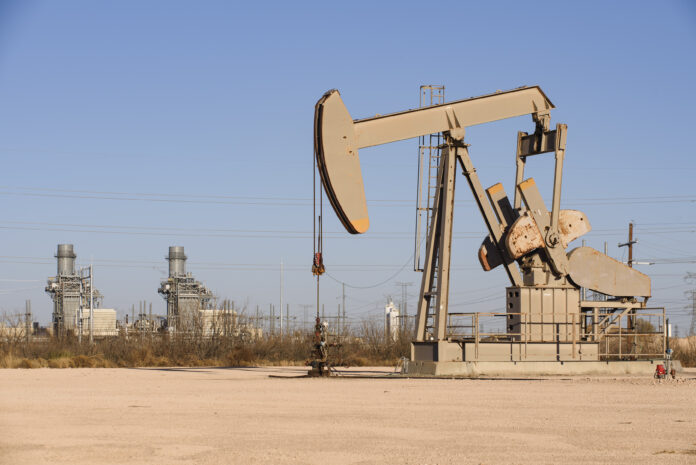
The Apache Corp. enjoyed better than expected production during the third quarter, mostly due to the Permian Basin, and President-CEO John Christmann says Apache’s operations in the North Sea and Suriname are progressing dynamically.
In his Houston-based company’s third quarter earnings call report Christmann said adjusted oil production exceeded the high end of the company’s guidance range for the third consecutive quarter.
“Good execution and strong well performance in the Permian are the primary drivers of this trend,” he said. “We also achieved the high end of our guidance in the North Sea during the quarter, which benefited from the production ramp of the Storr North well.
“In Egypt gross oil volumes grew by approximately 4,000 barrels per day, which was a bit below expectations. On a total company basis third quarter reported oil volumes were up more than 15 percent from the same quarter in the prior year.”
Christmann said Apache achieved an important milestone offshore at Suriname in northwestern South America with the completion of a successful appraisal drilling program at Krabdagu in Block 58 and an announcement by its partner, TotalEnergies of Courbevoie, France, of plans to proceed with work to pump 200,000 barrels per day in the eastern portion of the block.
“The planned oil hub is underpinned by an estimated 700 million barrels of recoverable oil resource at Sapakara and Krabdagu that are targeted by the end of 2024,” he said. “In Egypt a combination of higher oil and lower natural gas volumes should deliver growth but not enough to fully offset the downtime in the North Sea.”
Christmann said Apache’s Egyptian operations had a gross oil target of 154,000 barrels per day for the fourth quarter, but the company now expects closer to 150,000 barrels, which is nonetheless up about 5,000 from the third quarter.
“After successfully working through the challenges associated with ramping our rig count from 11 to 18 our drilling program is now performing as planned,” he said. “However, we have experienced a growing backlog of workover projects over the last two quarters and a corresponding uptick in barrels offline.”
He said Apache is opportunistically accelerating the completion of eight Permian wells from January into December and is adding a sixth rig in the Delaware Basin. “This will result in an increase in our estimated fourth-quarter upstream capital to around $500 million and bring full-year upstream capital to just under $2 billion,” Christmann said.
Executive Vice President-CFO Steve Riney reported consolidated third quarter net income of $459 million or $1.49 per diluted common share.
“Free cash flow, which for external purposes excludes changes in working capital, was $307 million in the quarter,” Riney said. “Through dividends and share repurchases we returned 32 percent of this amount to shareholders during the quarter. As John has indicated year to date we have returned 65 percent of free cash flow to shareholders.”
Riney said North Sea taxes came in above guidance by $46 million as the result of an incremental cargo lifting late in the quarter that was not anticipated when the company stated third quarter guidance in August.
“Our Cheniere gas sales contract commenced on Aug. 1 and contributed two months of free cash flow in the third quarter,” he said. “The Cheniere contract contributed free cash flow and pre-tax income of $32 million and we currently anticipate that it will contribute $90 million in the fourth quarter and $375 million for the full year 2024.
“The second half of 2023 is poised for improving production and free cash flow versus the first half of the year. With the improving performance we are tracking close to our original full-year guidance across most of our key financial and operational metrics for the year. We’ll continue to return capital to shareholders through dividends and share repurchases and while our balance sheet is much stronger than a few years ago we continue to recognize the need for further progress on debt reduction.”



